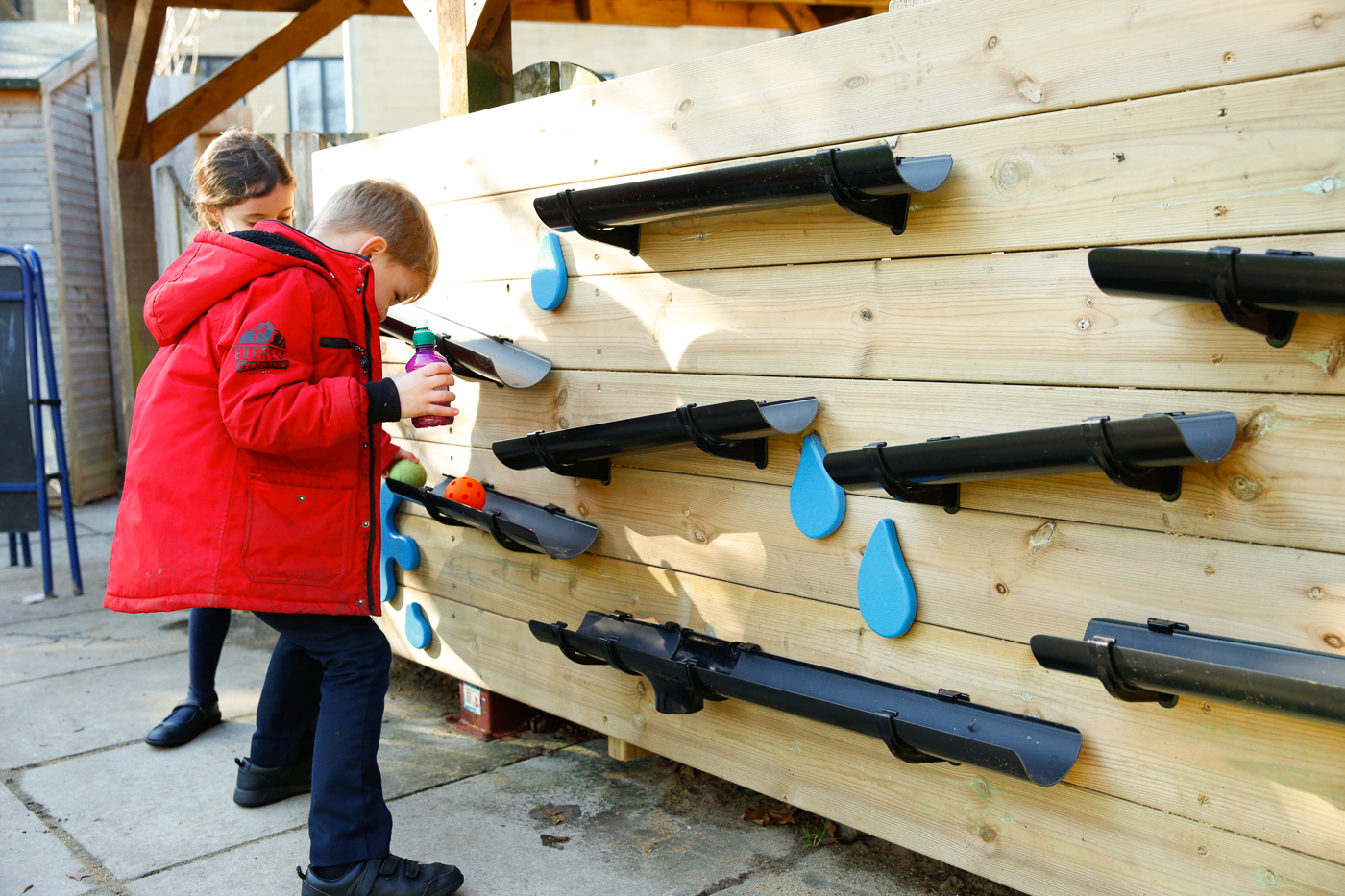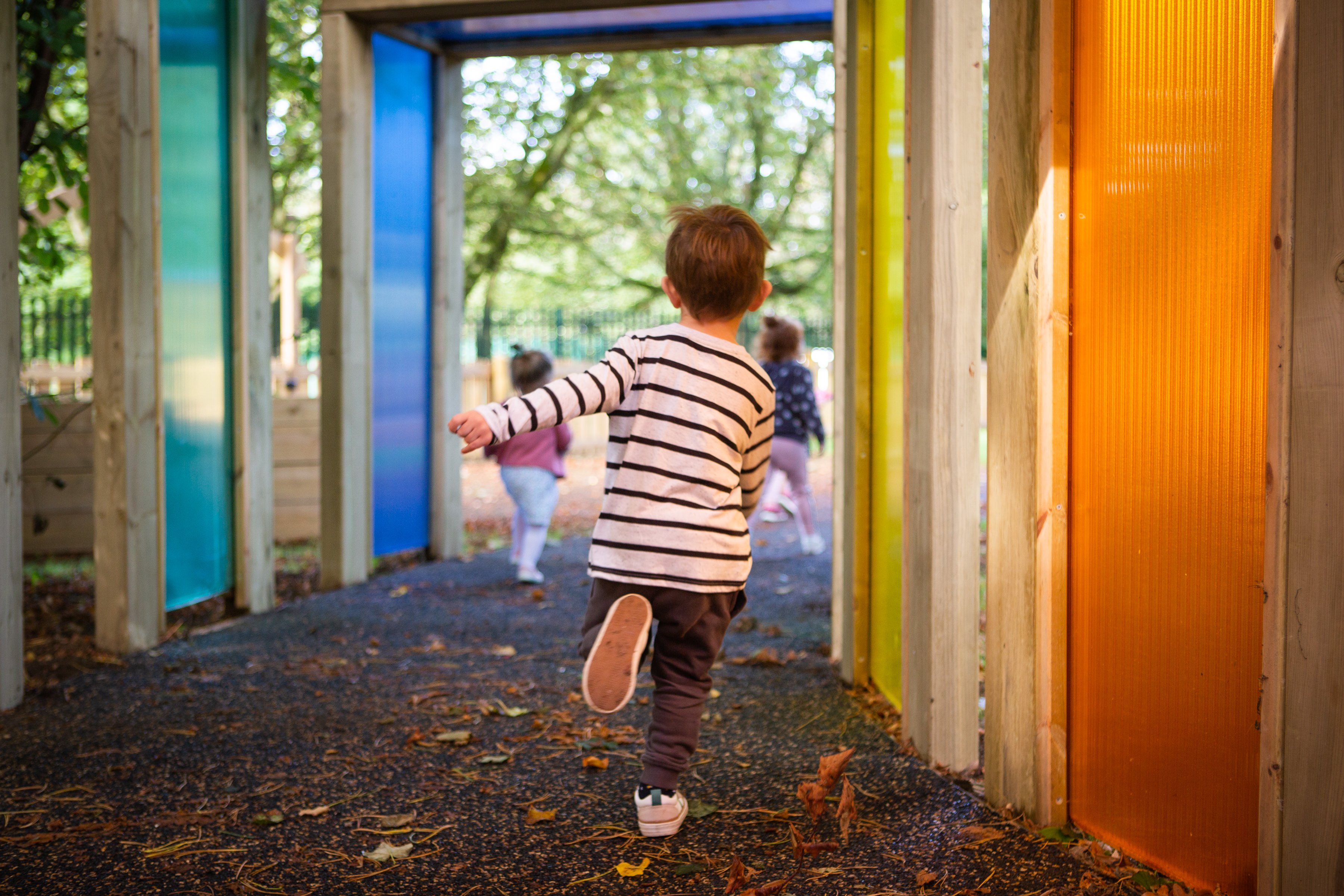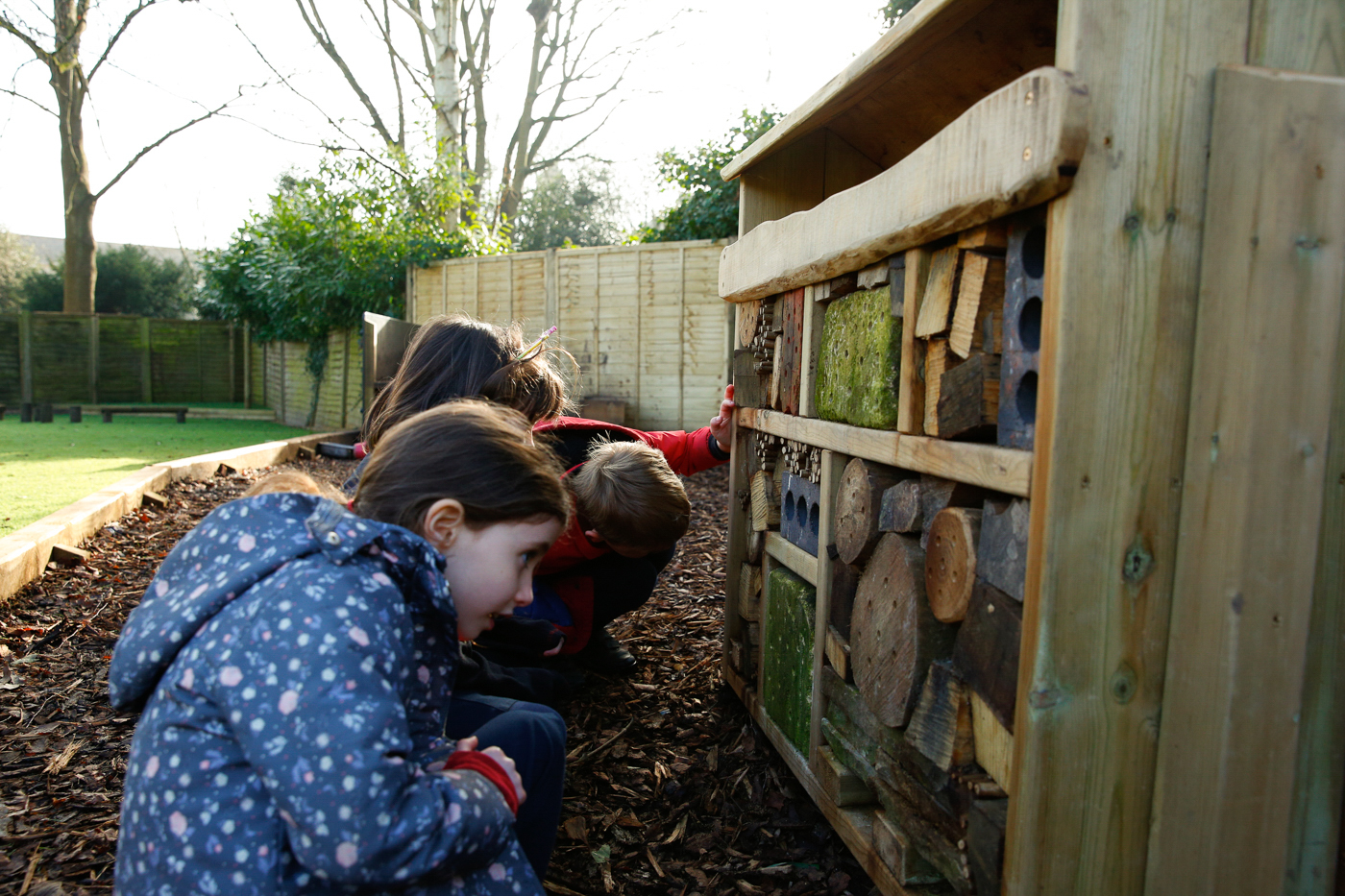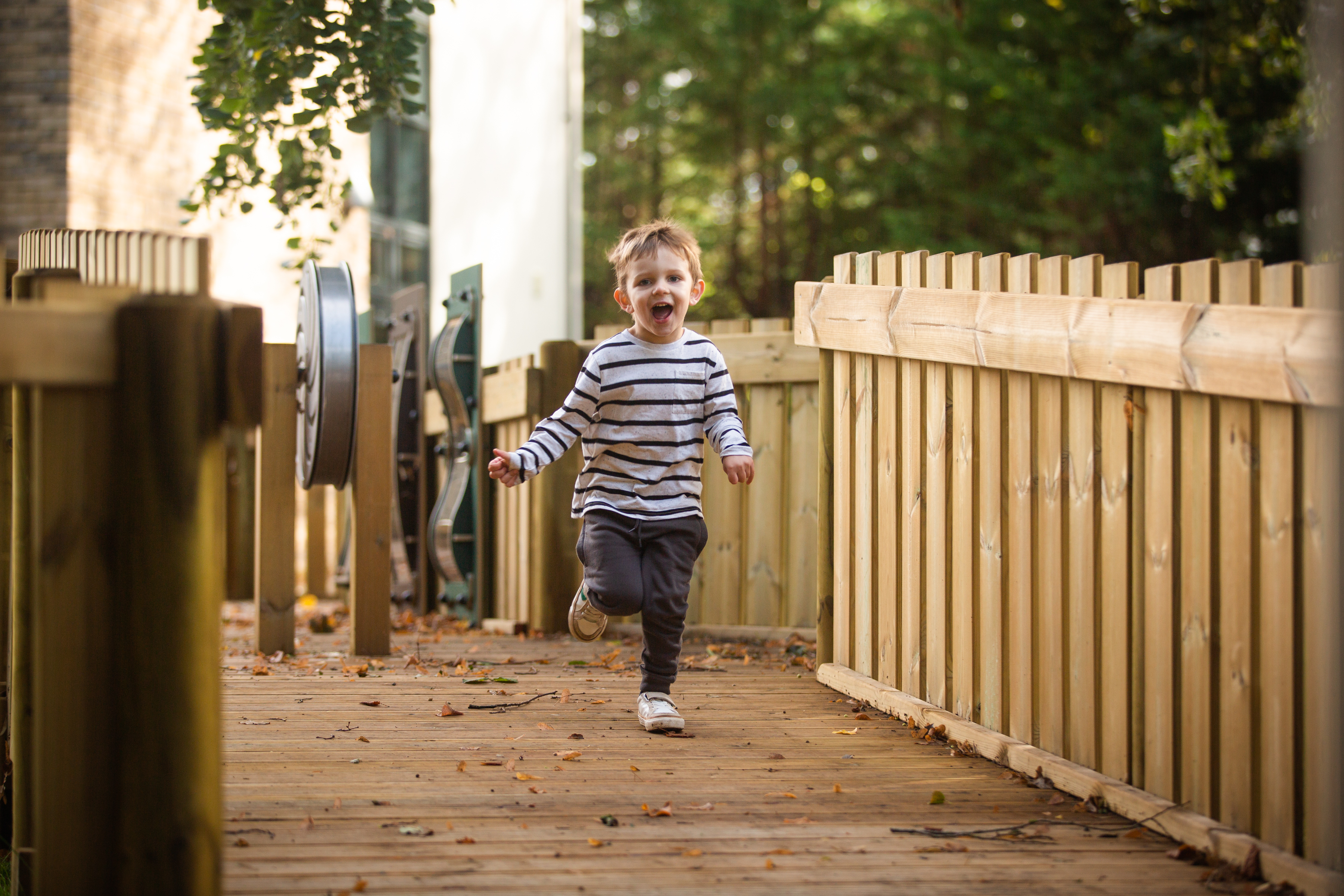Sandpits and Water Tables are an Early Years staple. They’ve long proved to be popular with children in nurseries, preschool and the first few years of primary school. After all, what’s not to love? It gives young children the opportunity to mix materials, build castles and contraptions, and get a bit messy.
But this isn’t the only reason so many teachers and early years educators choose to have these in their play areas. Read on to find out more about the many different learning experiences children can gain through playing with sand and water.
Fine Motor Skills
Beginning with physical development, sand and water play is a fun, immersive way for children to practise holding and manipulating things accurately with their hands and fingers.
Known as “fine motor skills,” the ability to trace patterns in and build with sand, scoop water, carry buckets, and dig can all help to build small muscles and hand-eye coordination. These skills can then translate into day-to-day skills children will need as they grow, such as drawing and writing with a pencil, tying their shoes, and feeding themselves.
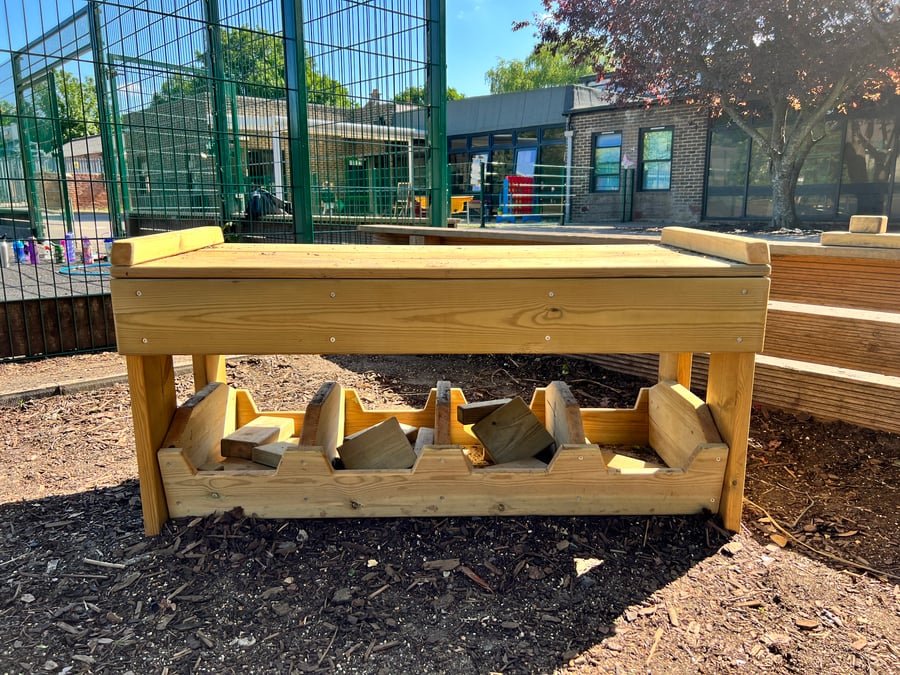
Sensory Stimulation
Sand and water can also provide valuable sensory play. Sand in particular can help children explore a variety of textures - for example- of loose or compacted, dry or wet sand. Both materials can also give children the opportunity to experience and respond to different temperatures.
As well as helping children to develop more sensory knowledge, this kind of play can also be therapeutic for many children. Rich sensory experiences can help to ground overstimulated children in the moment and the repetitive, predictable patterns of many sand and water play tasks can have a calming effect.
Developing Problem Solving Skills
These types of play can also provide learning opportunities in the form of problems. By manipulating and exploring these materials, children will naturally come against problems to find solutions to.
Which toy will successfully float in water? Is it possible to make an archway for their castle out of sand? How can they block the channel of water down a tube or sieve? What kind of sand is the easiest to build with?
All of these can prompt children to think scientifically, try out different methods, and build resilience. They may also try creating solutions alongside other children, which brings us to…
Practising Social Play
Sand and Water equipment gives plenty of opportunities for children to work towards successful play with others.
With sand and water, parallel play might mean happily playing in the water tray while those near them play a different game, associative play could look like working on building different things in the same sandpit, perhaps taking turns with tools, while cooperative play stage could be adapting the water wall with a friend to see what happens.
At these stations, children can first learn how to successfully share space and resources with others, before moving onto trickier skills like clearly sharing ideas and navigating disagreement as they play together. These social skills in turn can help with language skills and developing empathy for others, which will be important for building friendships as they grow.
Igniting Creativity
To young children, a sandpit can be anything from a cityscape for small world play, to a place where buried treasure is hidden, to a swamp they have to cross during an adventure. As discussed, water trays and water walls present many potential challenges which require creative thinking. Hardwearing toys, cars, or action figures can introduce a roleplay element too.
Engaging with this kind of play helps children to learn to use their imaginations, which is fun and develops the kind of flexible thinking which is vital for so many further learning opportunities.
The creative potential of these activities can also be enhanced through mixing them up occasionally. Some nurseries like to introduce sand which has been dyed different colours, adding a bubble blowing to water play, or rotating the tools or containers available.
Early Mathematical Thinking
As children play with sand and water, they begin to engage with early learning maths concepts and vocabulary, such as “empty,” “full,” and “half full.”
They may also be able to develop a basic understanding of volume and capacity. An example of this could be using measuring cups to see how many scoops fill a container or discovering that the water which fills one container might not fill another.
In Conclusion
Not only is sand and water play fun for early years, but it helps children to develop physical, social, and creative skills which set them up for success in Primary School and beyond.
Sand and water stations can be as simple as plastic crates, or extended through sandpits, water walls, running water, textured surfaces, and more.
dbdplay are playground designers and installers who offer a variety of creative play equipment, including elevated sand and water trays, sandpits, mud kitchens, and water walls.
Contact us today to find out how we can help to make your EYFS Playground amazing.
Originally published Dec 16, 2022 1:50:30 PM , updated January 31, 2024



